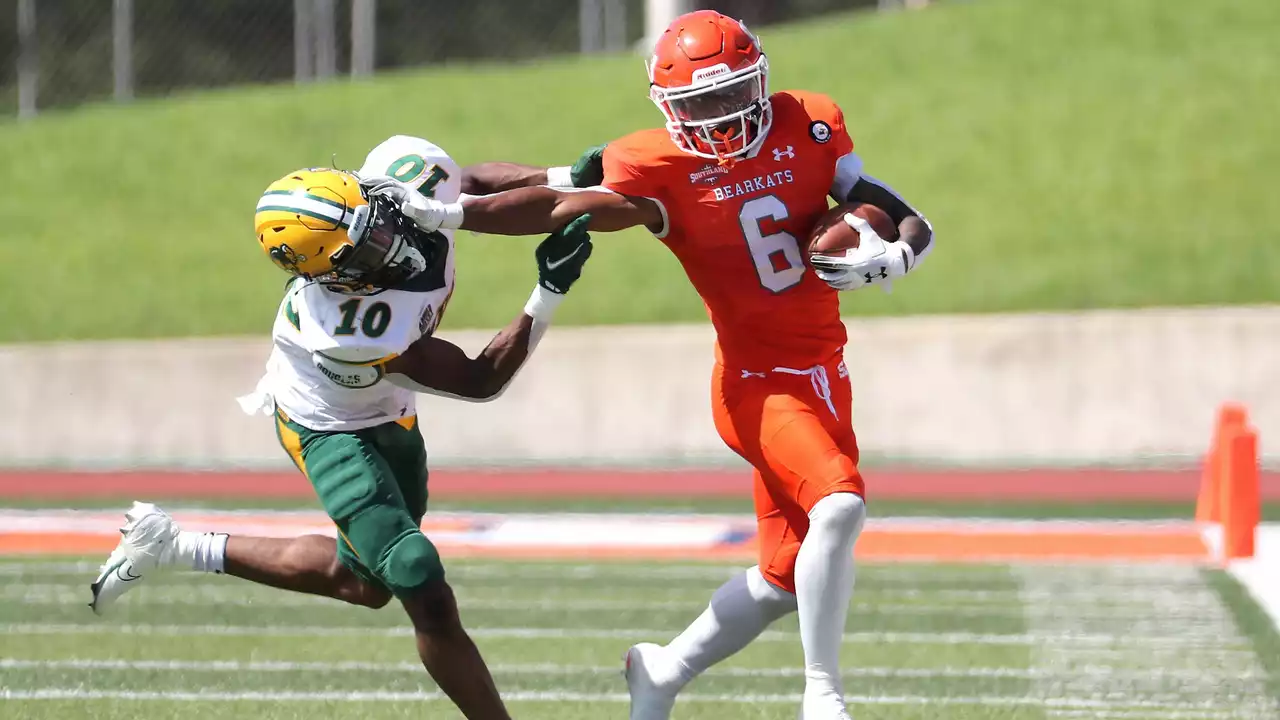Introduction to FCS College Sports
As a sports enthusiast, I've always been fascinated by the world of college athletics. One term that often comes up when discussing college sports is FCS, and I've found that many people are unfamiliar with what this acronym represents. So, I decided to dive into this topic and share my findings with you all. In this article, we will explore what FCS stands for in college sports, its history, how it differs from FBS, and some of the top FCS programs and athletes. Let's get started!
What is FCS: The Basics
FCS stands for Football Championship Subdivision. It is a division of NCAA (National Collegiate Athletic Association) Division I college football, and it represents the second-highest level of college football in the United States. Previously known as Division I-AA, it was renamed to FCS in 2006 to better reflect its status as a subdivision of Division I, with the other subdivision being the Football Bowl Subdivision (FBS). The FCS includes 127 schools, and these teams compete for the NCAA Division I Football Championship each year.
While FCS football is not as widely publicized as FBS football, it still showcases some of the best college athletes in the country. Many FCS athletes go on to have successful careers in the NFL or other professional sports leagues. Additionally, FCS schools are known for their passionate fan bases and exciting game atmospheres, making for an enjoyable college sports experience.
History of FCS College Sports
The Football Championship Subdivision has its roots in the early days of college football. In 1978, the NCAA restructured its football divisions, creating Division I-AA to provide a more competitive playing field for smaller schools. This new division allowed these institutions to compete against each other for a national championship, rather than being overshadowed by the larger, more dominant FBS programs.
Over the years, the FCS has grown in both size and prominence. It has produced numerous talented athletes, many of whom have gone on to have successful careers in professional sports. In addition to its football programs, the FCS has also played a significant role in the development of other college sports, such as basketball and soccer.
Differences Between FCS and FBS College Sports
While both FCS and FBS are part of NCAA Division I, there are several key differences between the two subdivisions. One of the most notable differences is the number of scholarships available to student-athletes. FCS schools are allowed to offer a maximum of 63 scholarships, while FBS schools can offer up to 85 full scholarships. This difference in funding often results in FBS programs attracting more highly-rated recruits, making them more competitive on the field.
Another significant difference is the postseason format. FCS teams compete in a 24-team playoff system, with the winner being crowned the NCAA Division I Football Champion. In contrast, FBS teams compete in a series of bowl games, with the top four teams participating in the College Football Playoff to determine the national champion. Because of this different postseason structure, FCS schools often have a more challenging path to a national title, as they must win several games in a row against other top teams.
Top FCS Programs and Their Success
Throughout the history of the Football Championship Subdivision, several programs have stood out as the best of the best. One such program is North Dakota State University, which has won an impressive eight national championships since 2011. The Bison have established themselves as a powerhouse in FCS football, consistently fielding competitive teams and producing NFL talent.
Other notable FCS programs include James Madison University, Eastern Washington University, and Montana State University. These schools have consistently excelled on the field, earning multiple playoff appearances and national championships. The success of these programs highlights the high level of talent and competition found in the FCS.
Notable FCS Athletes Who Made It Big
Despite the smaller scale of FCS football compared to FBS, many talented athletes have emerged from the Football Championship Subdivision and gone on to find success at the professional level. One of the most famous examples is Philadelphia Eagles quarterback Carson Wentz, who played for North Dakota State University before being drafted second overall in the 2016 NFL Draft.
Other notable FCS alumni include Baltimore Ravens quarterback Joe Flacco (University of Delaware), wide receiver Cooper Kupp (Eastern Washington University), and defensive end Jared Allen (Idaho State University). These athletes are just a few examples of the many FCS players who have made an impact in the world of professional sports.
Conclusion: The Importance of FCS College Sports
While FCS college sports may not receive the same level of attention as their FBS counterparts, they play a crucial role in the world of college athletics. The Football Championship Subdivision provides a competitive platform for smaller schools to showcase their talents, and it has produced numerous athletes who have gone on to find success at the professional level. FCS football also offers fans an exciting and passionate game-day atmosphere, making it an essential part of the college sports landscape. So, the next time you hear the term "FCS," remember the rich history and significance of this esteemed subdivision within college sports.
